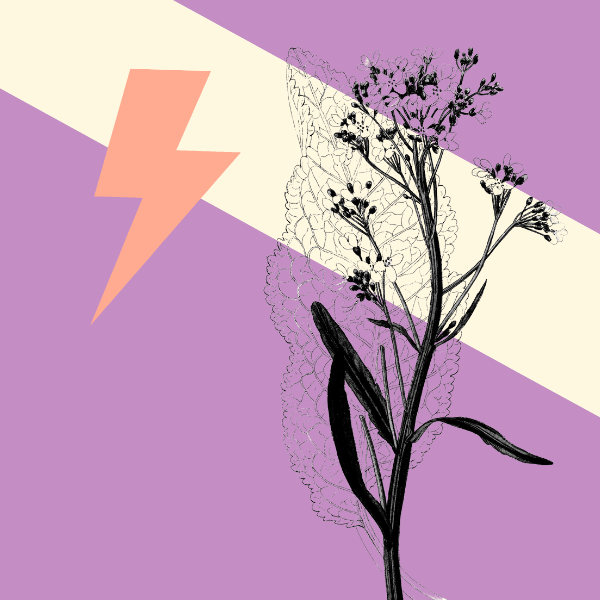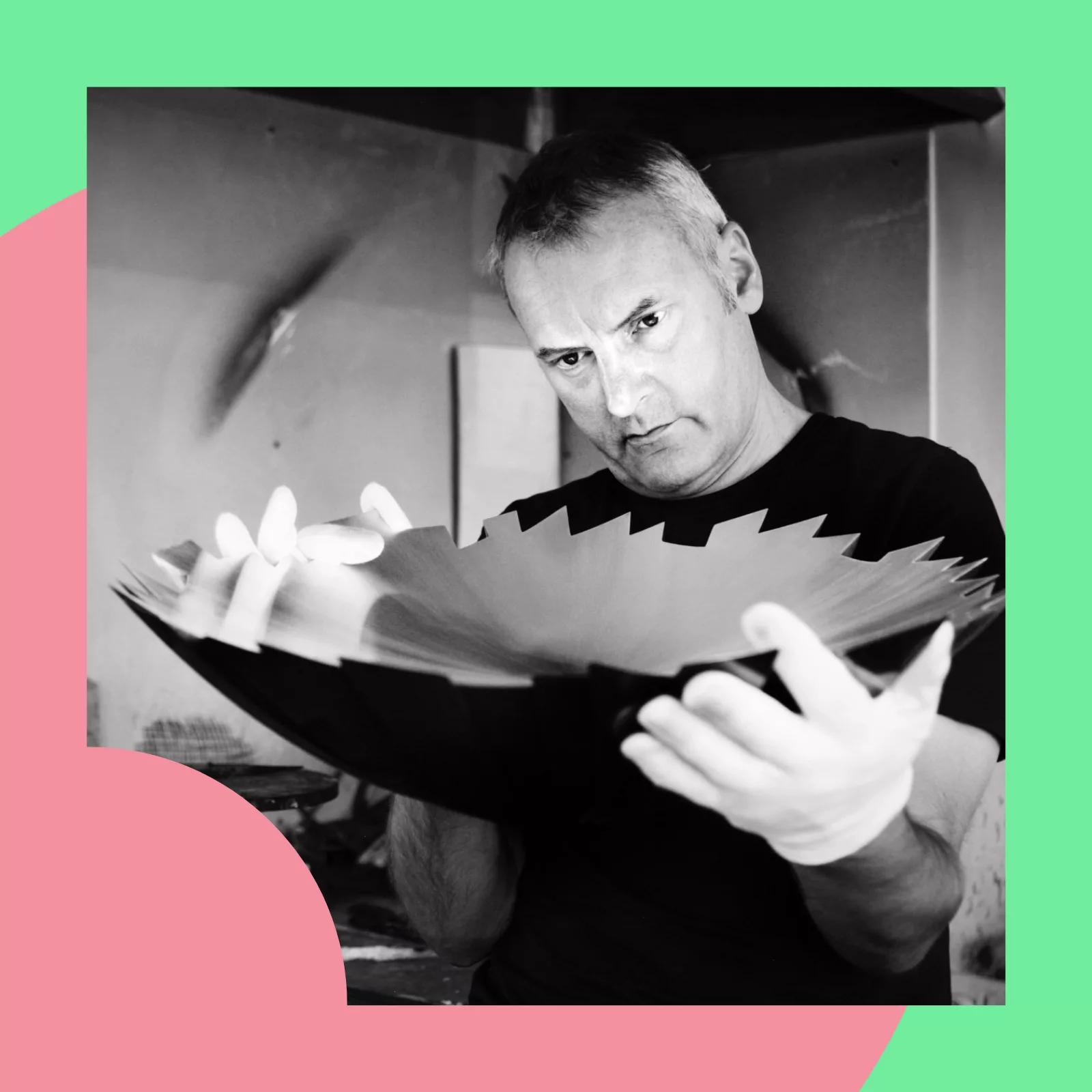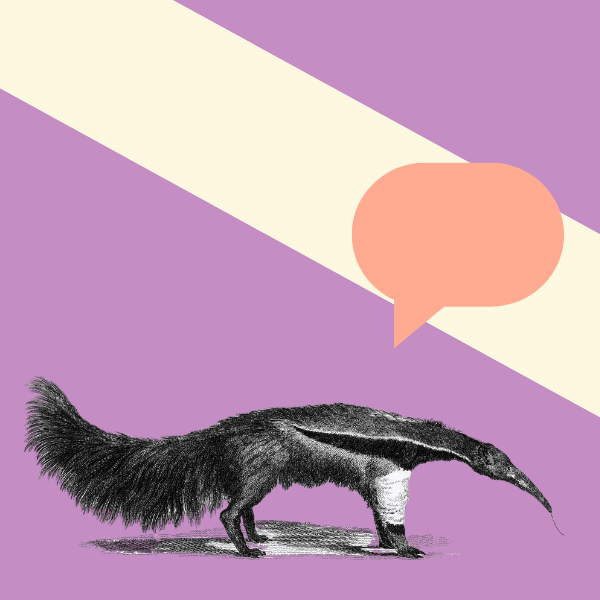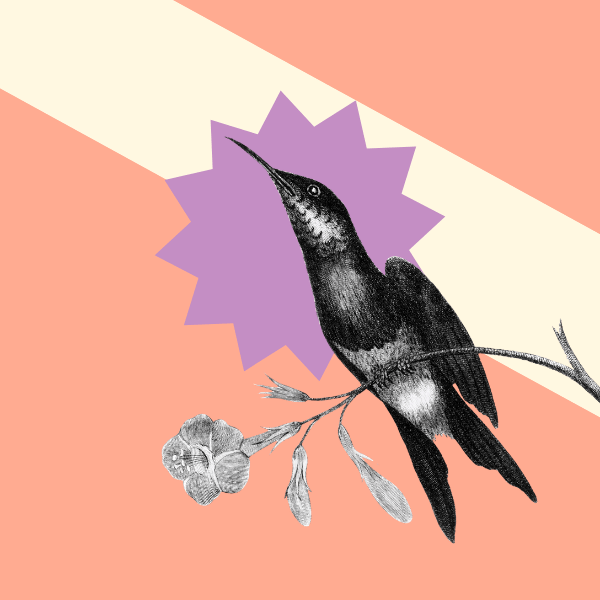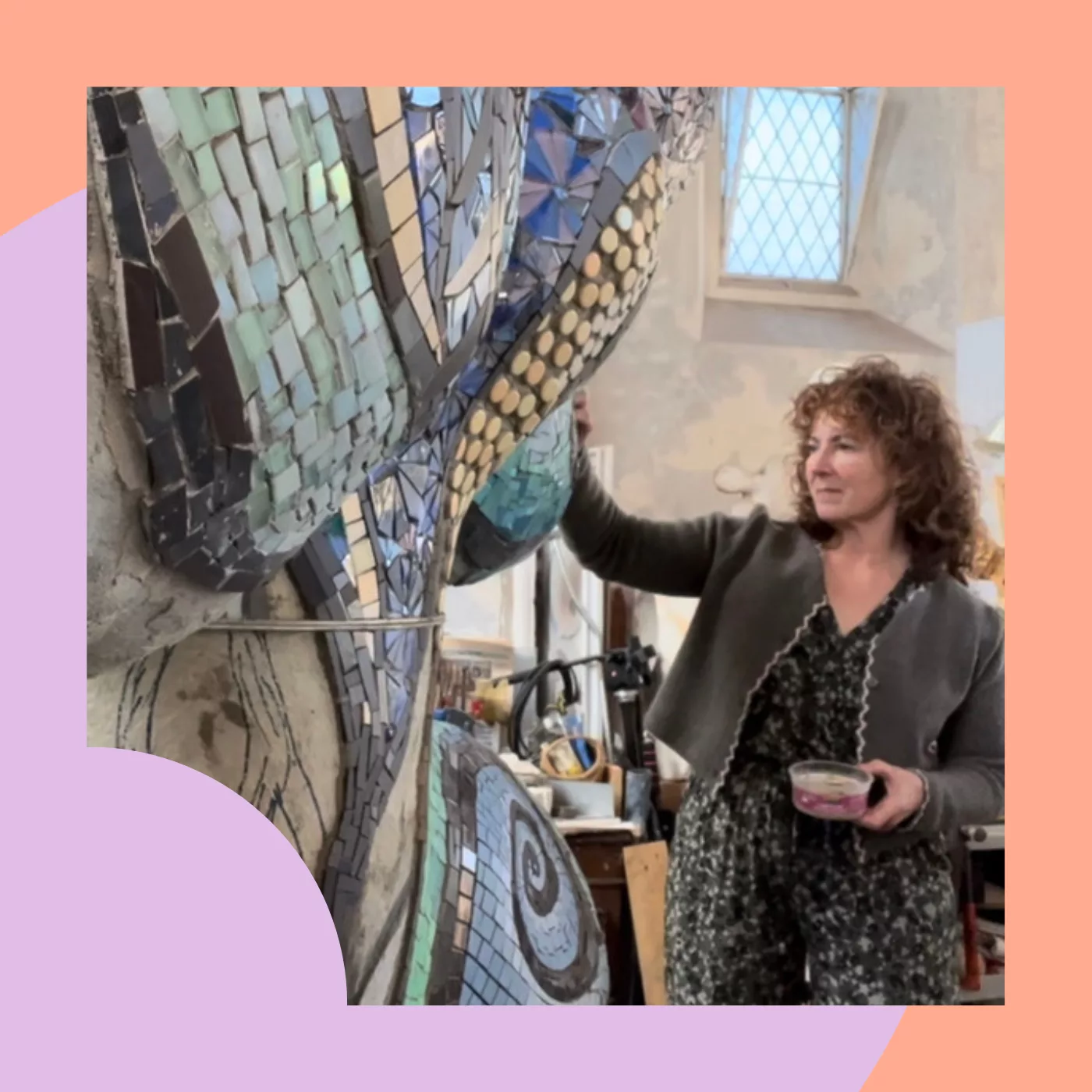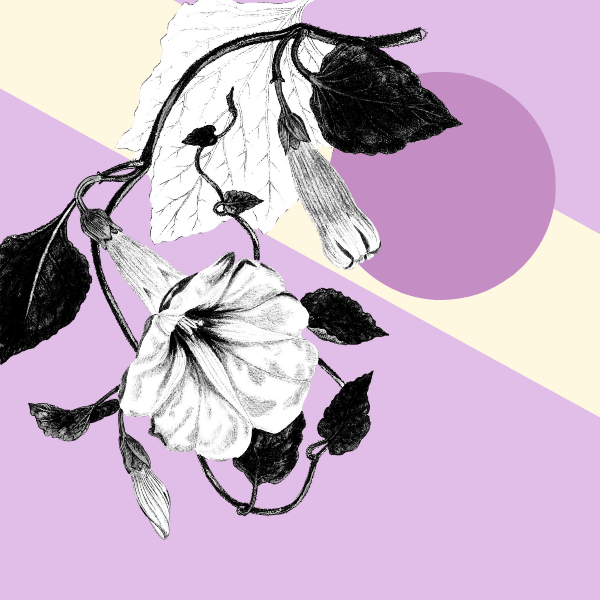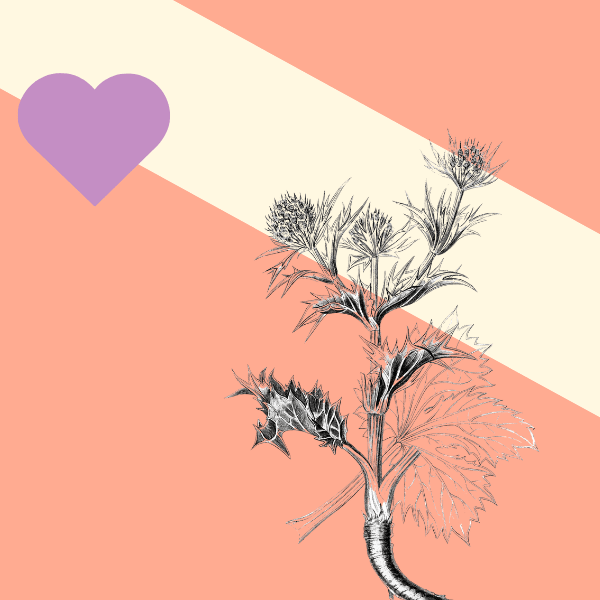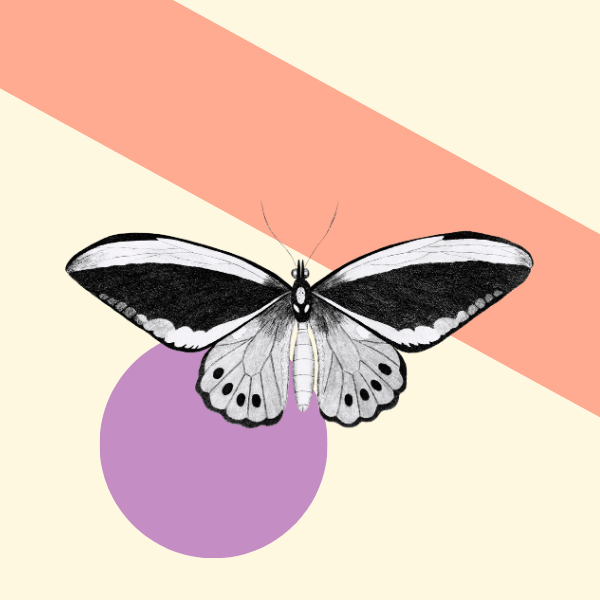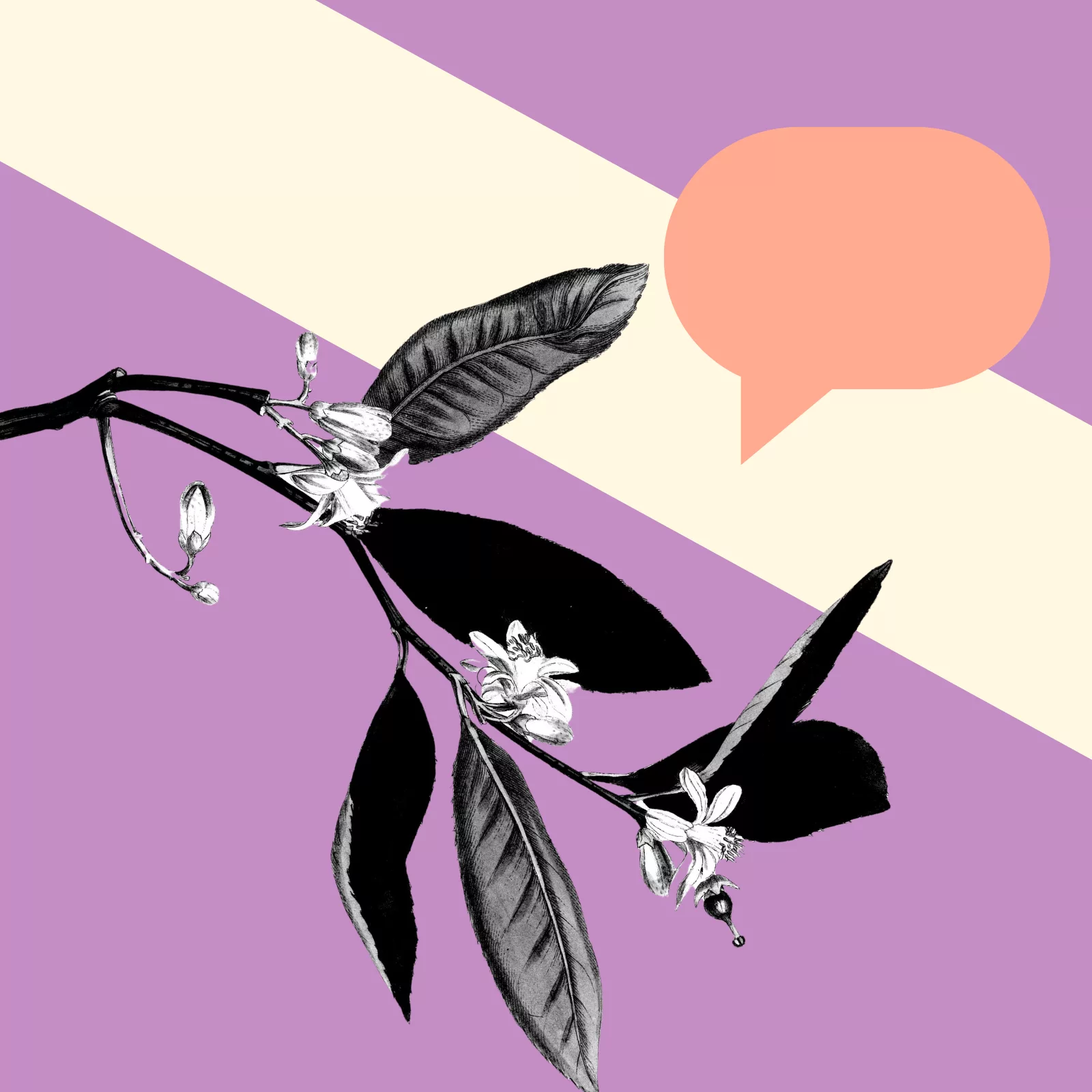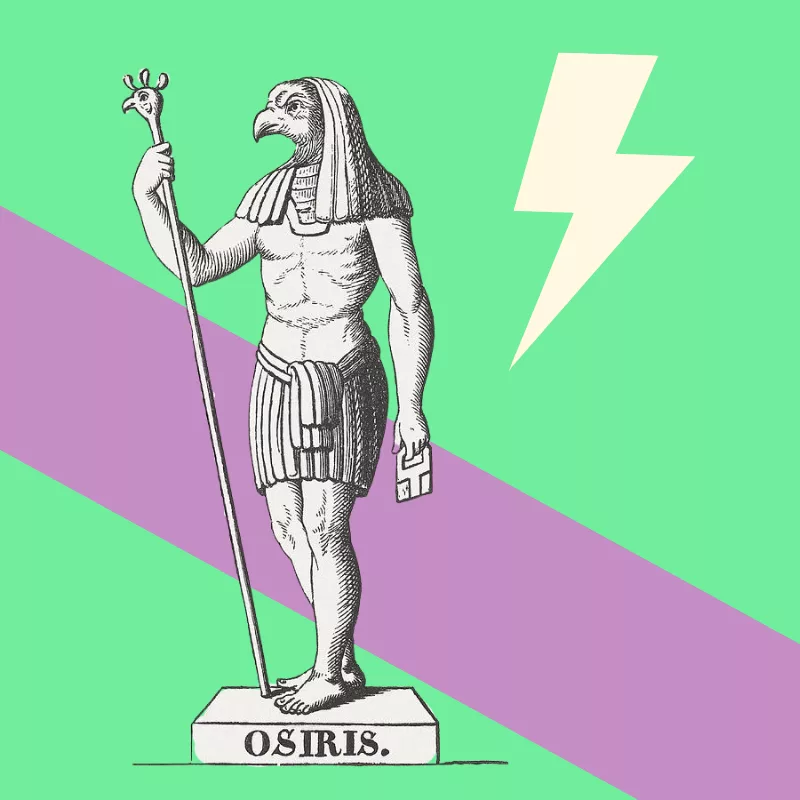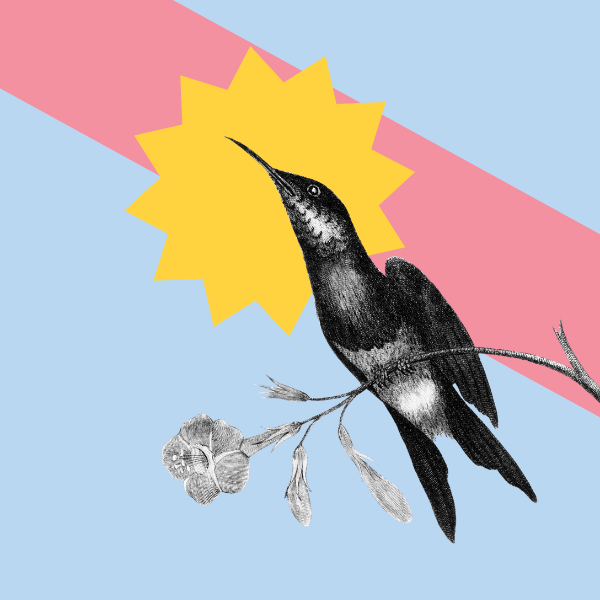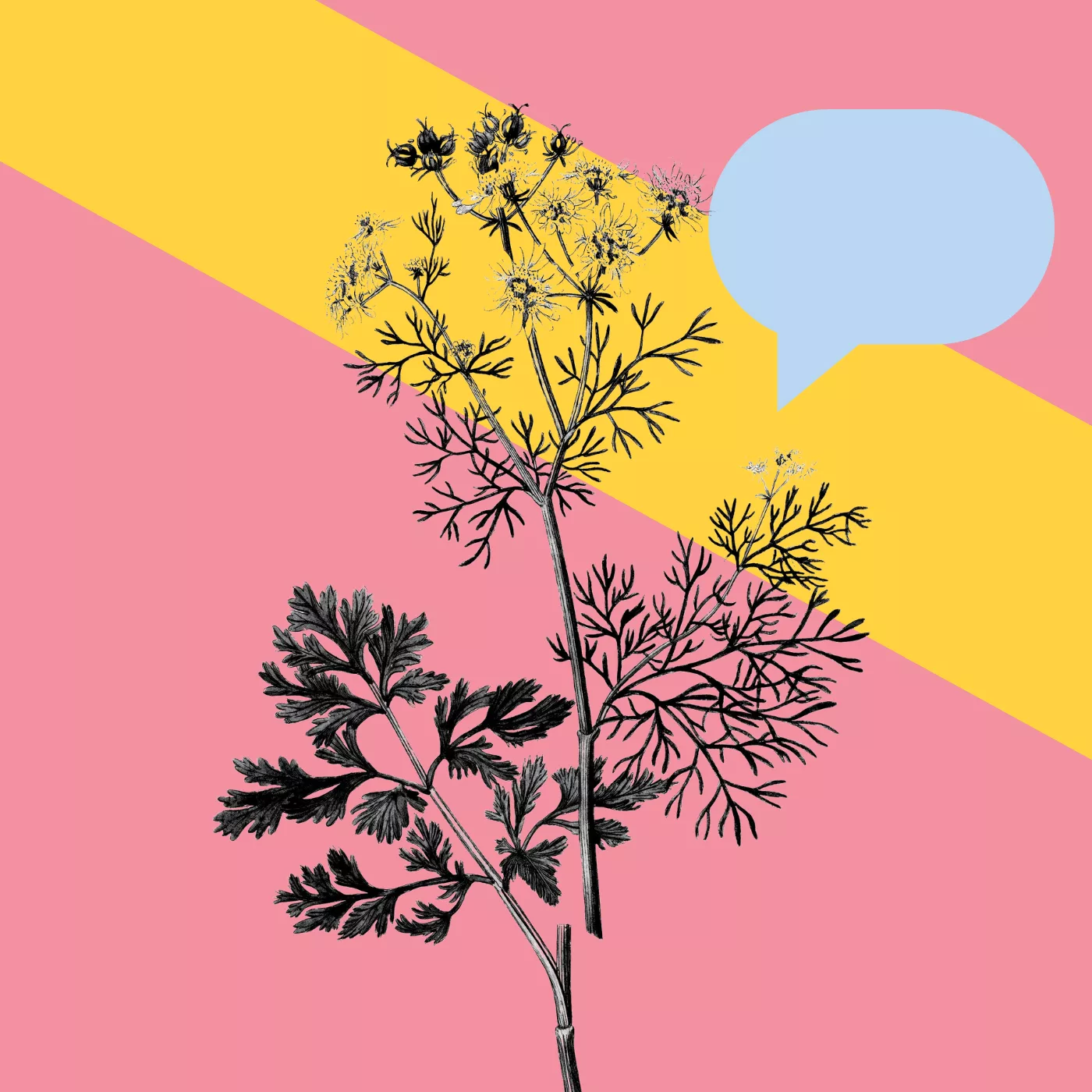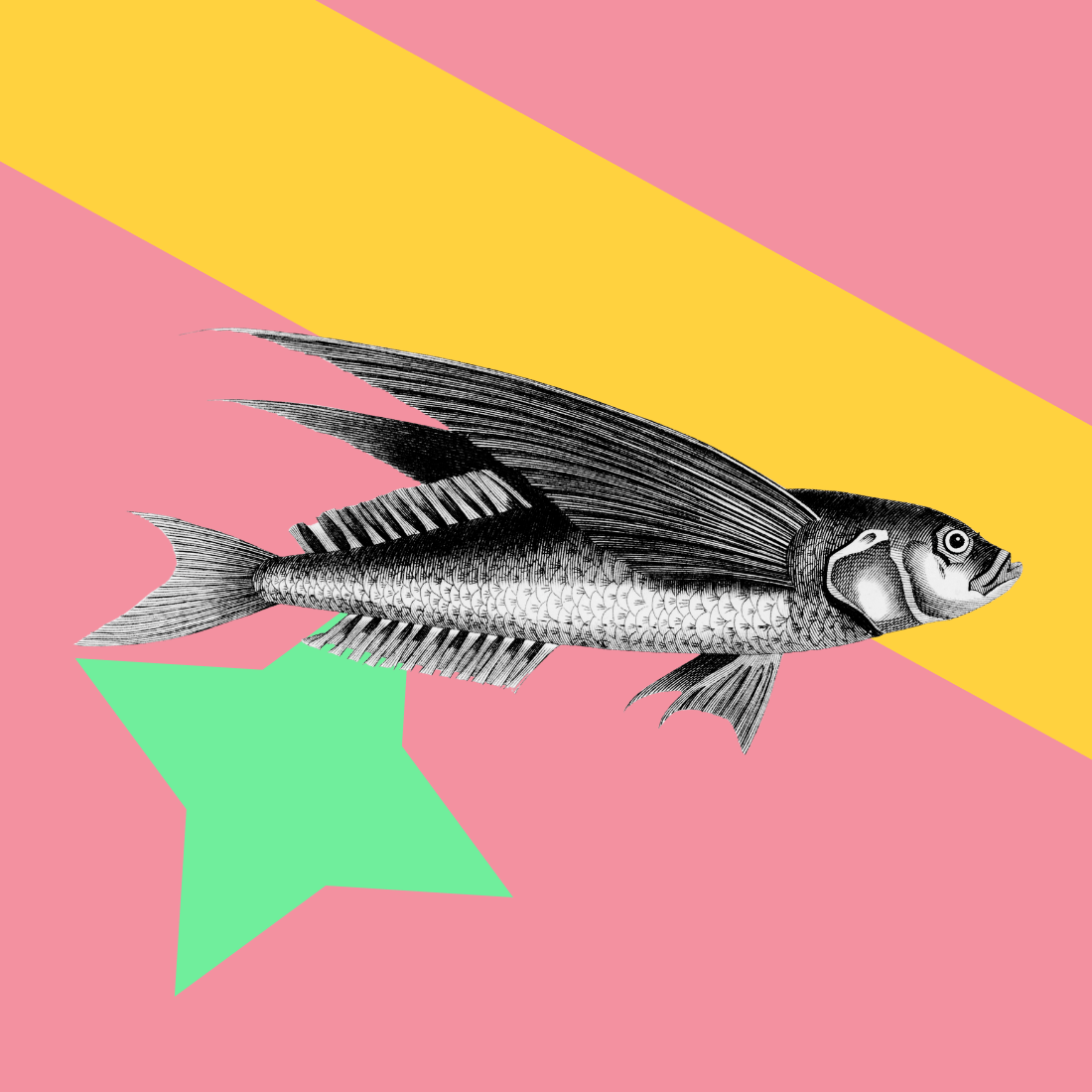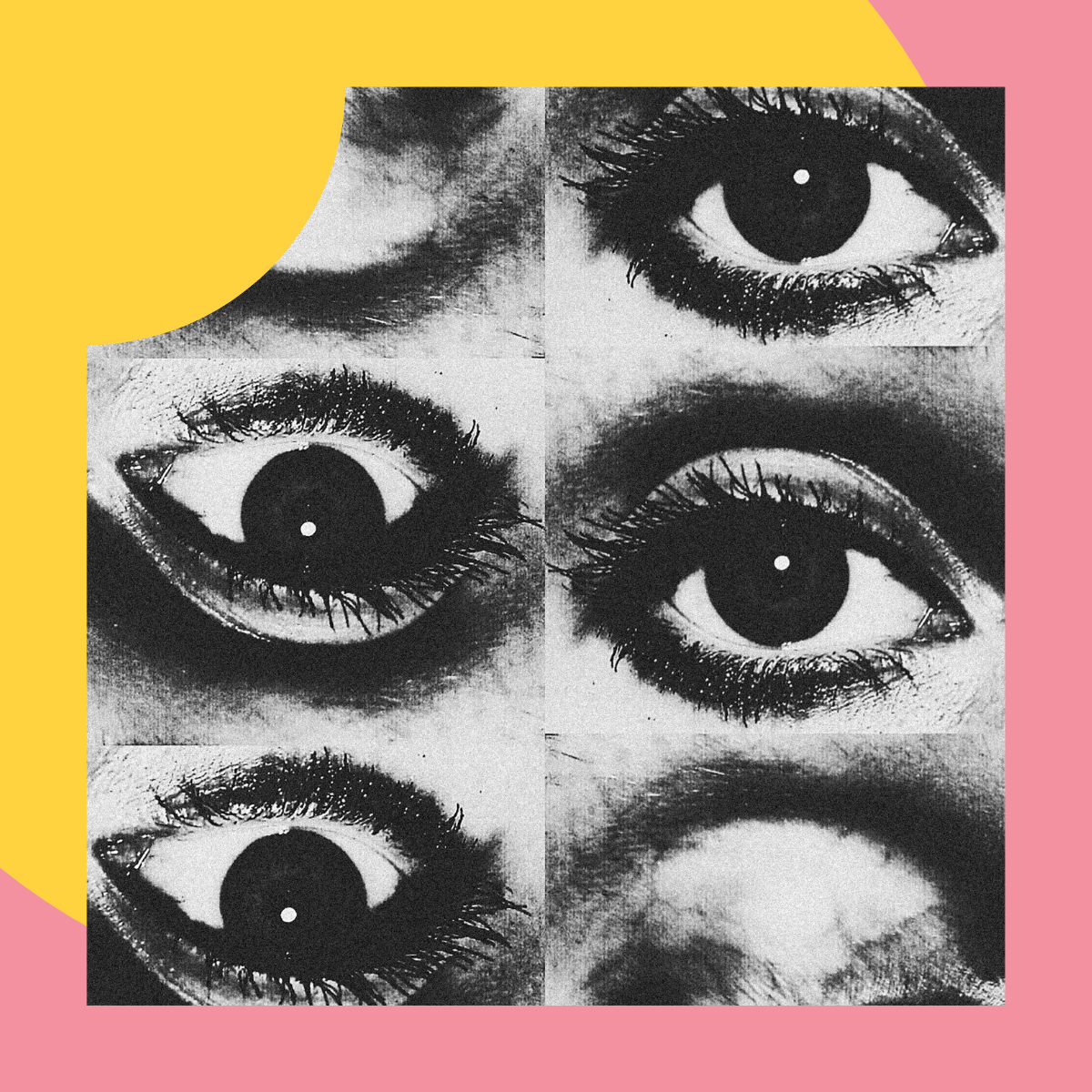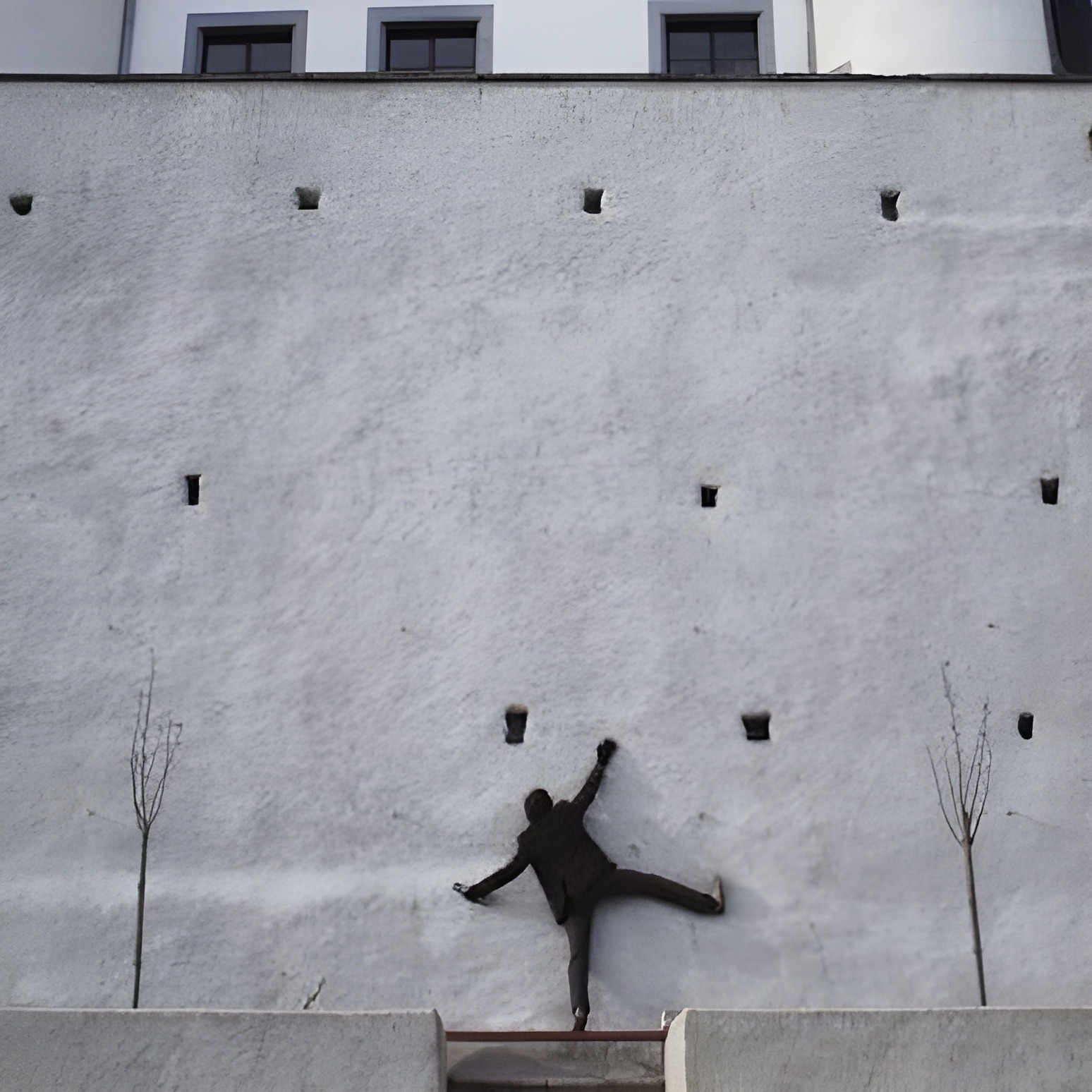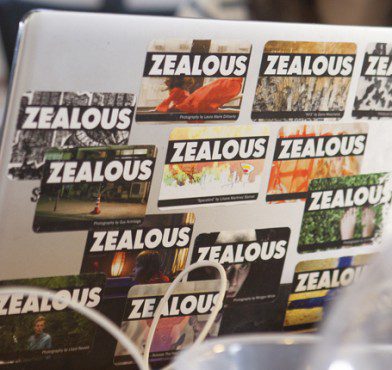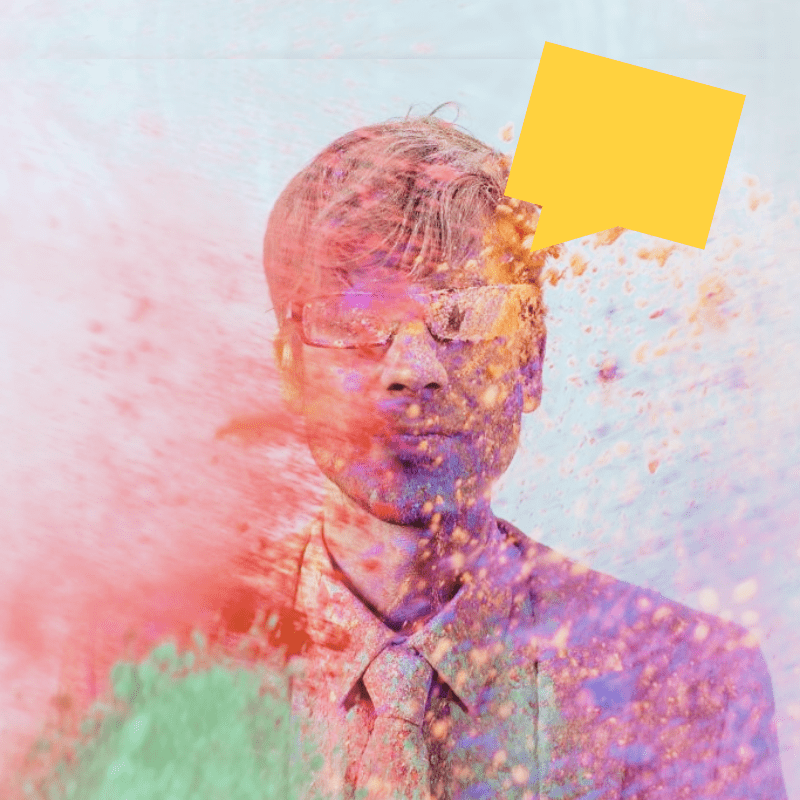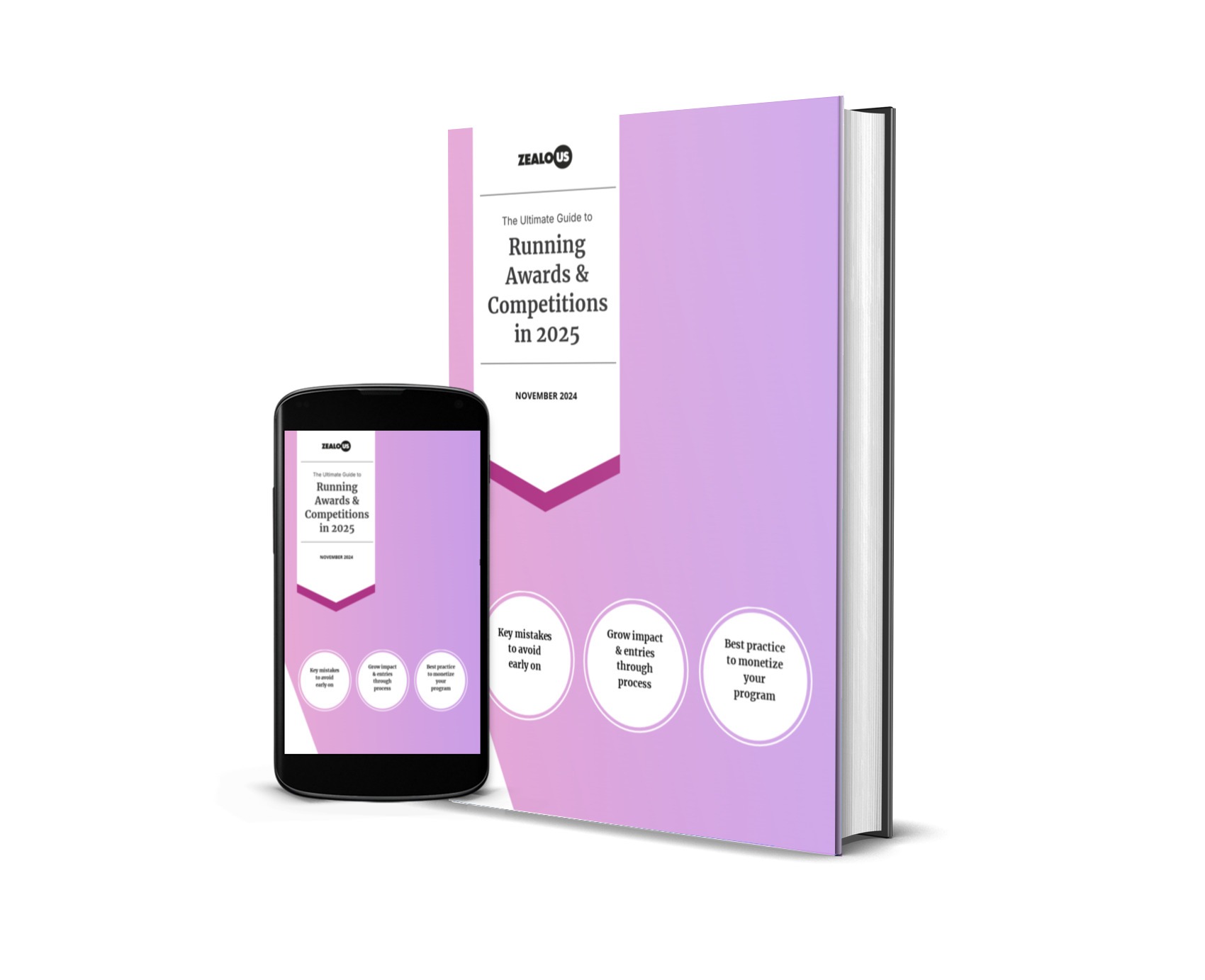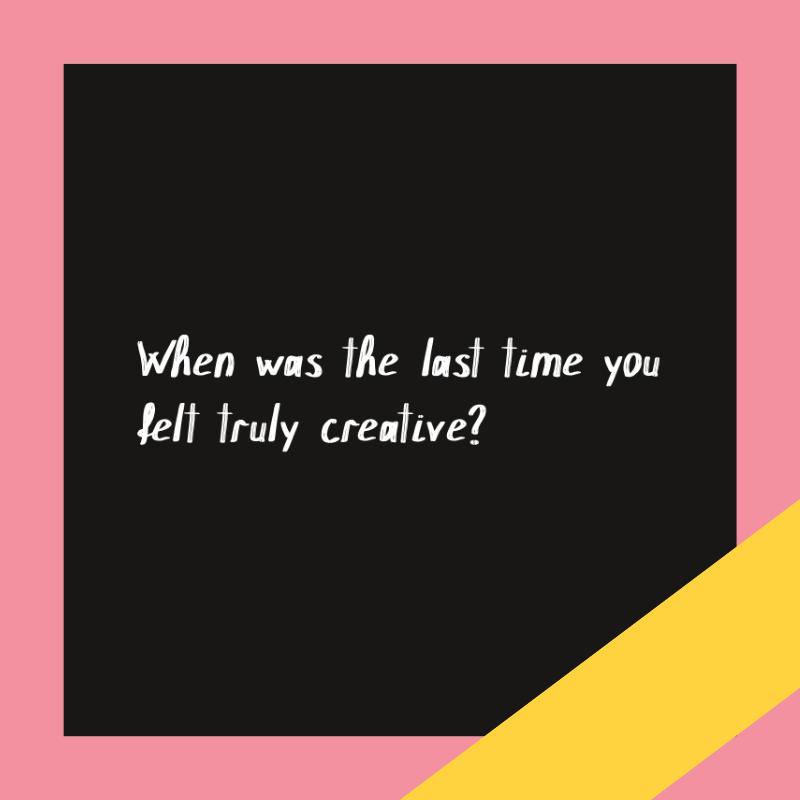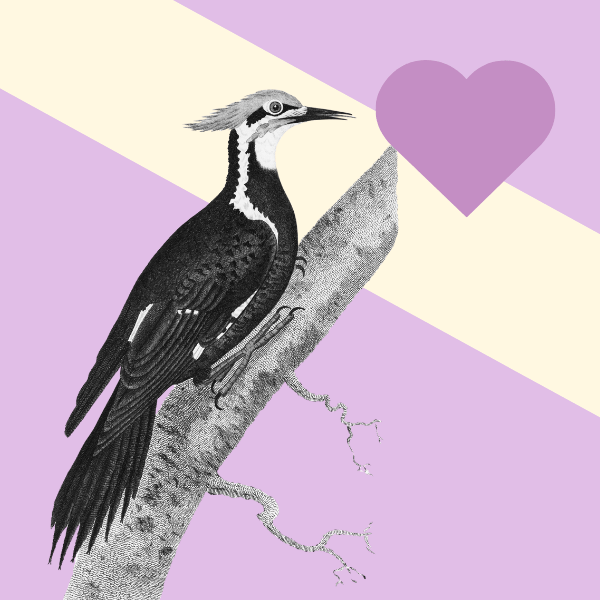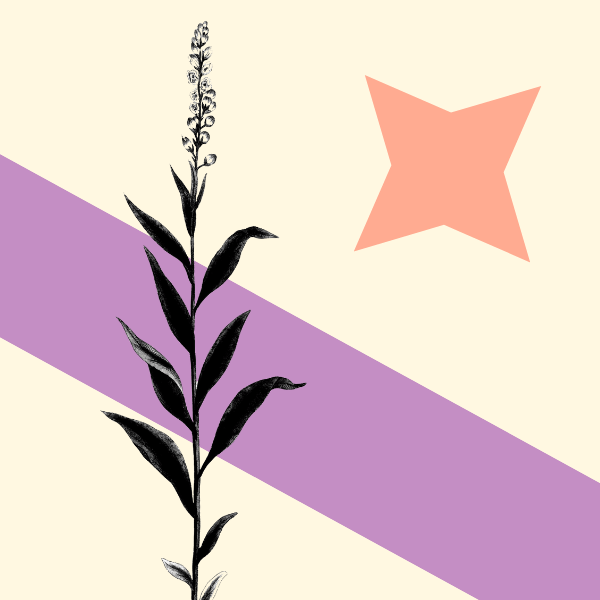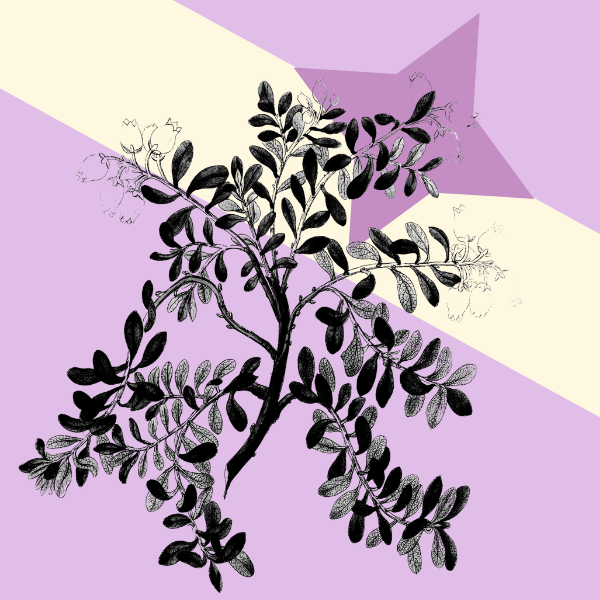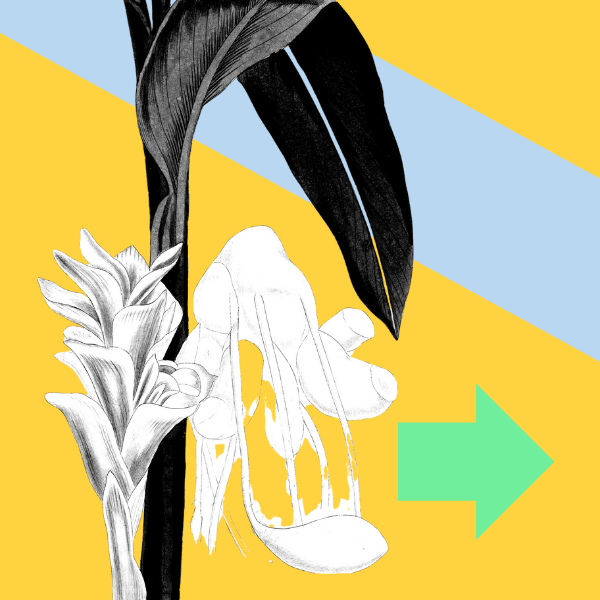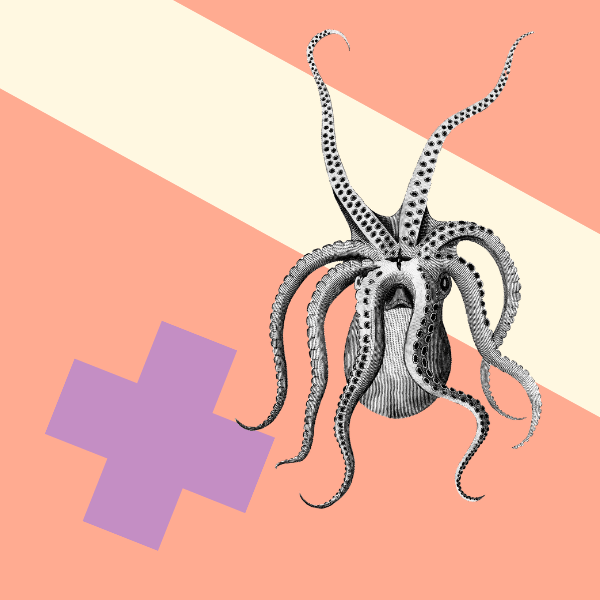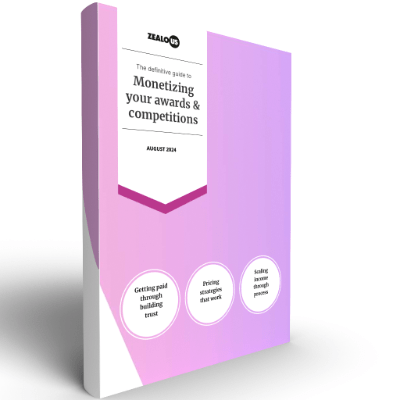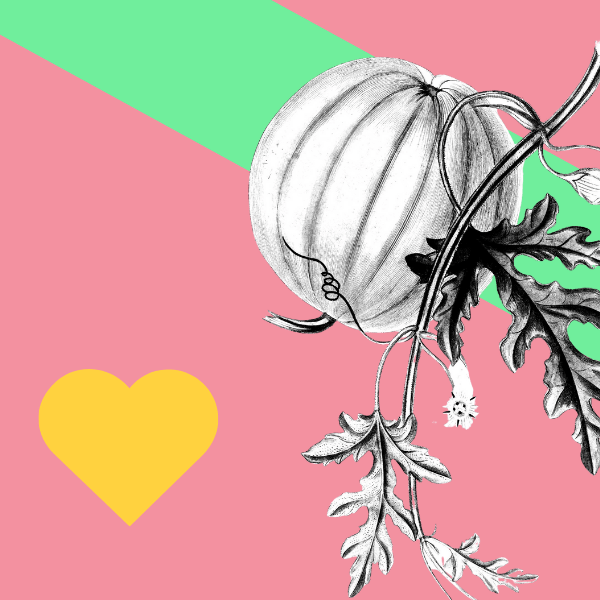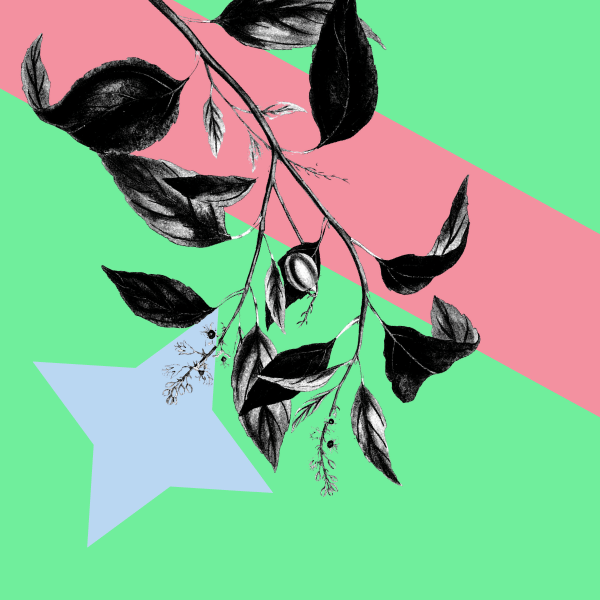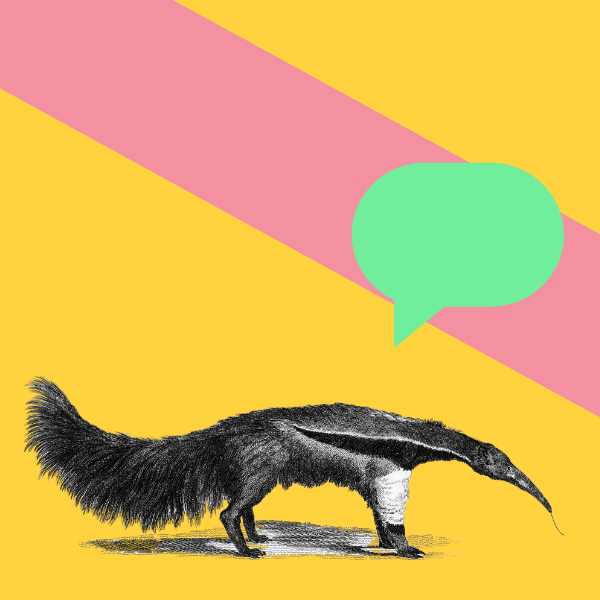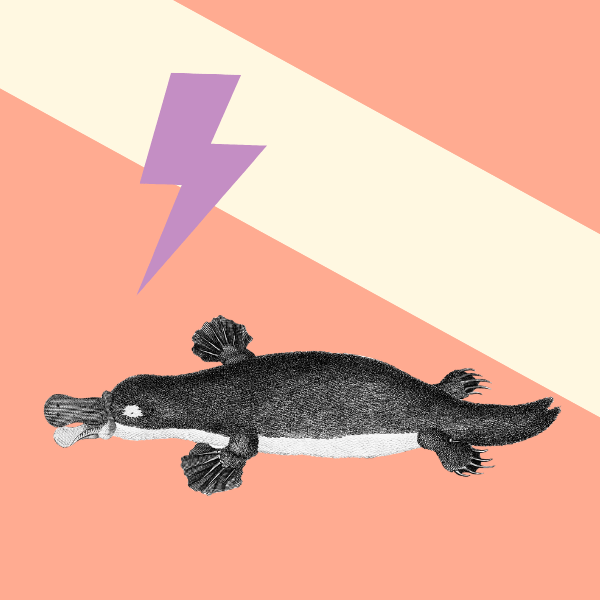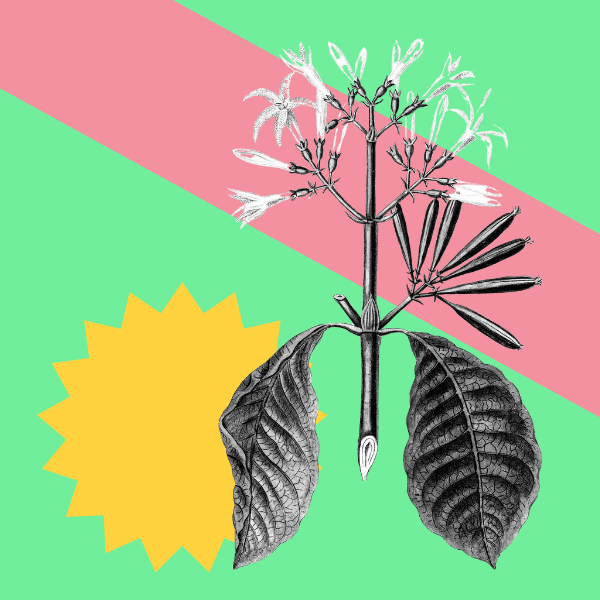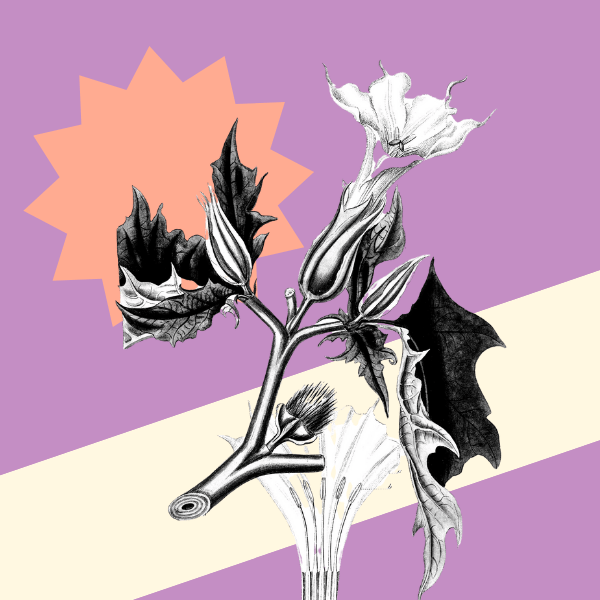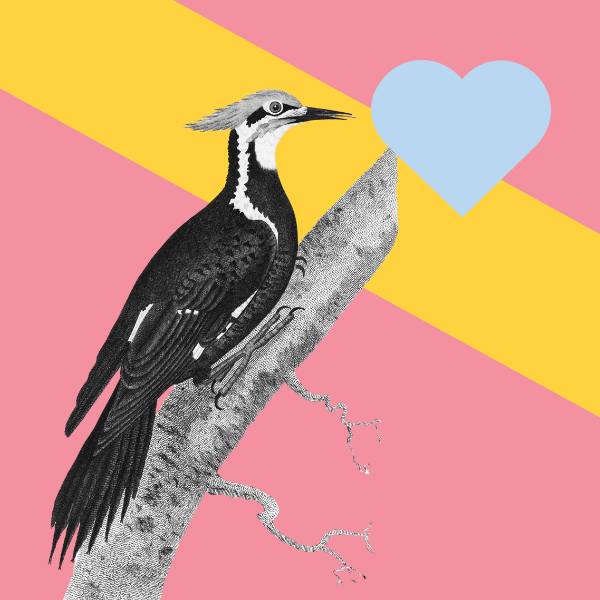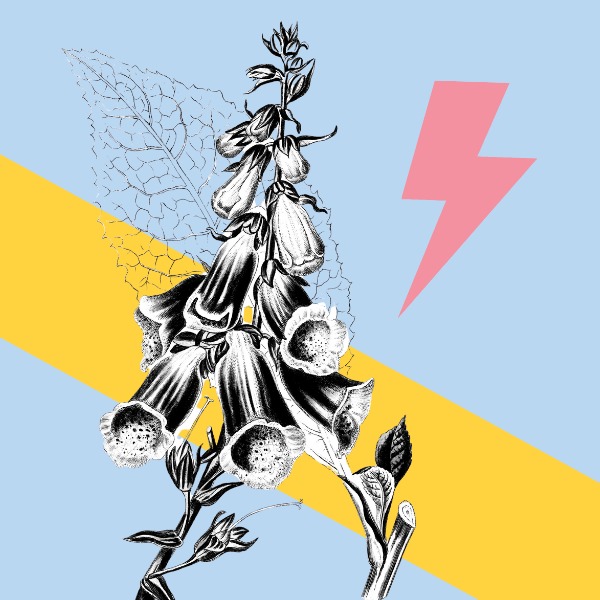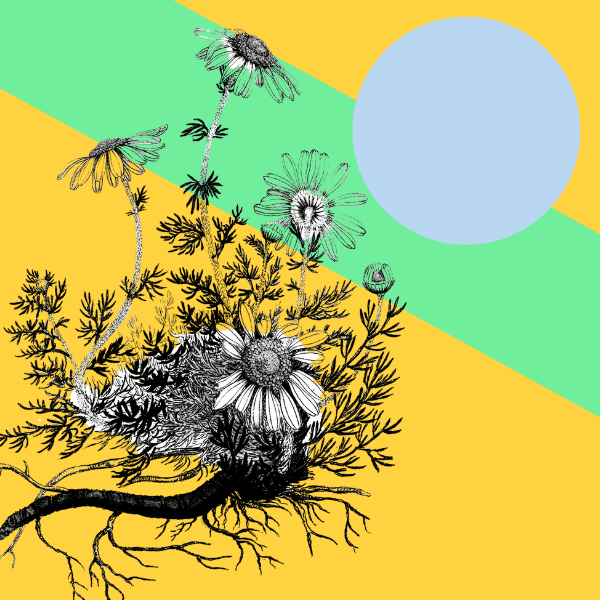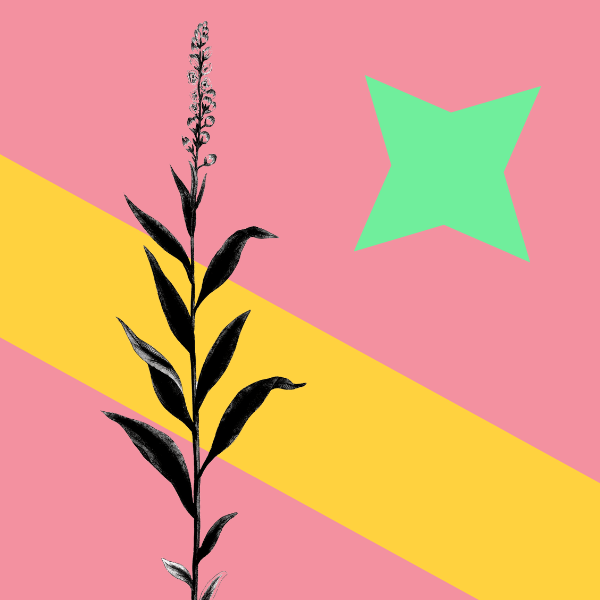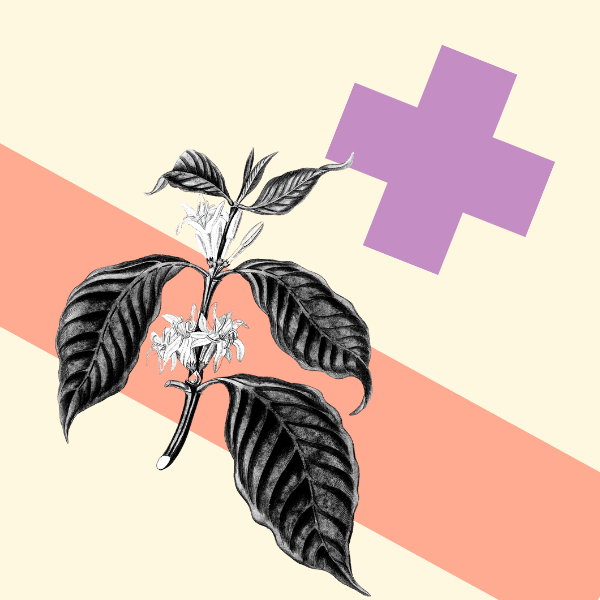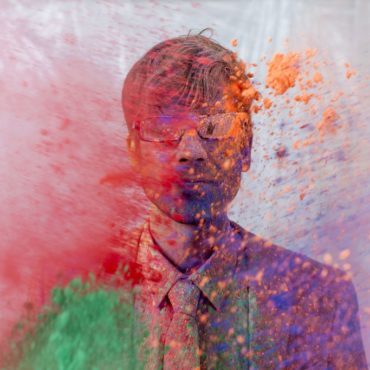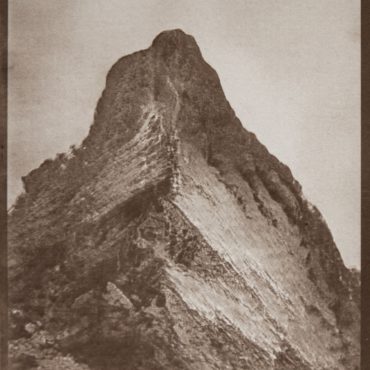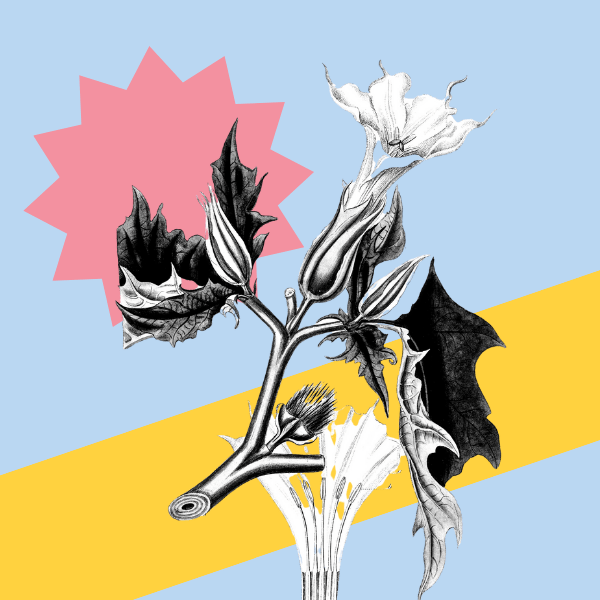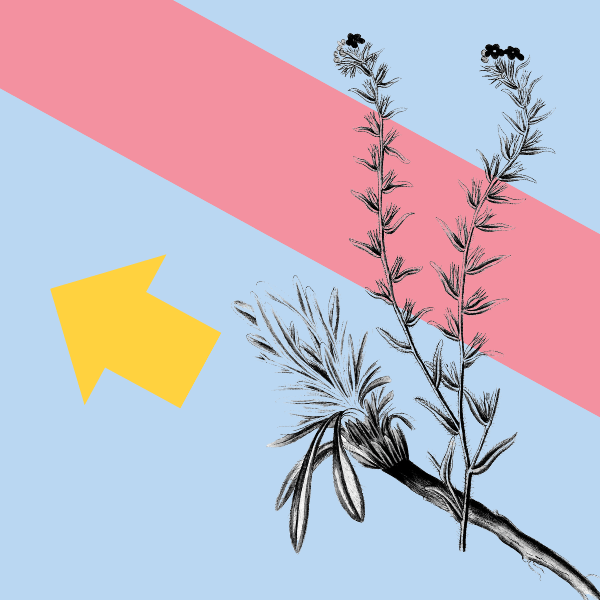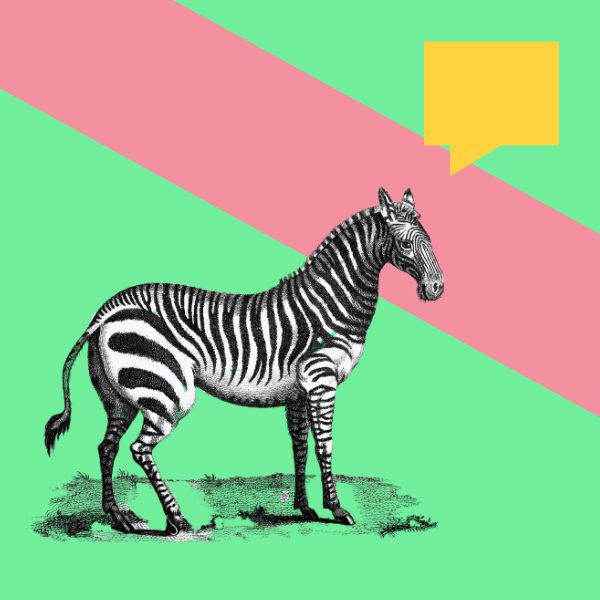Insights
-
Mastering Social Media to Grow your Award
Boost your awards program entries using proven social media strategy covering platform choice, winning content, and conversion tracking.
-
Effectively Managing Incoming Entries for Awards
Tips to effectively manage incoming submissions with clear communication, automation & the right tools. Reduce admin time while improving candidate experience.
-
How to Build Trust to Increase Award Submissions
Discover how transparency, consistent communication & strategic partnerships build trust that increases award submissions, even without larger marketing budgets.
-
How do Art Prize Judges make decisions? 4 Powerful Lessons
What do judges really look for in art prize submissions? Four experts who’ve judged major open calls including the John Moores Painting Prize, Lumen Prize, and an international craft award reveal what goes through their minds during deliberation and what they wish they knew about the selection process.
-
Choosing the best tools for managing submissions
Taking submissions can be a breeze or a nightmare; the deciding factor is your tools. Here are our top tips in picking the right ones for your needs.
-
How to Write Competition Guidelines That Actually Get Read
Learn how to write competition guidelines that attract quality submissions, reduce admin headaches, and make your opportunity accessible to everyone.
-
Putting Money in Sculptors’ Pockets: Inside the London Sculpture Prize with Isabel H Langtry
Meet Isabel H Langtry, the Principal of Hampstead School of Art who’s on a mission to put money directly into sculptors’ pockets. Through founding the London Sculpture Prize, she’s building a celebration of international contemporary sculpture that gives artists what they need most: financial support and recognition.
-
How to approach judges for awards & competitions
Getting partners involved and securing high-level individuals to help you select winners is no easy task. But having someone recognisable on your panel is a big perk for candidates who want their work seen. Here are our top tips to appeal to judges you would like involved in your programme.
-
How to Structure Award Programme Categories
Learn how to structure awards categories that attract entries, support fair judging, and grow with your programme. Research, naming, and pricing tips.
-
How to Streamline Submission Forms: What to Ask
Streamline submission forms to save time and increase completions. What to ask, how to format, and which questions actually matter.
-
How to Plan Your Awards Selection Process: Judging, Rounds & Criteria
Plan an effective judging process for your awards programme. Calculate effort, structure rounds, set clear criteria, and reduce bias at every stage.
-
Award & Competition Prizes: The Essential Guide
Discover how to structure compelling award prizes and competition perks on any budget. From cash prizes to exposure opportunities, learn what motivates submissions and fosters diversity. Practical examples included.
-
How to Define the Purpose of Your Awards Programme
Define your awards programme purpose. Learn who should submit, how to measure success, craft compelling pitches & build diversity into your foundation.
-
The Right Pricing Strategies for your Award/Competition
Maximize revenue while keeping opportunities accessible to all candidates. Set fair award fees with early bird pricing and donation models.
-
When You DON’T Need Awards Management Software (An Honest Assessment)
Discover when spreadsheets work for awards programmes and when you need software. Honest advice on costs, scale, and the 20-entry tipping point.
-
Awards Automation Without Losing Your Humanity
Awards automation handles the repetitive tasks so you can focus on human connection. Learn where to automate, where to stay personal, and how to get started.
-
Choosing Photo Judging Software that Works
Discover how photo judging software prevents common contest disasters. Learn about blind judging, custom forms, file management, and automated scoring for fair results.
-
Choosing (the Right) Judges for Awards Programmes
Build a judging panel that shows up. Practical guide: recruitment timing, diverse panels, real costs, handling dropouts. 6-9 month timeline included.
-
Should organisations running creative opportunities give feedback?
Many open calls offer no feedback. Is it just about resources, or something deeper about care, consent, and creative process?
-
Hidden Costs in Awards Programmes: How to Prevent Them
Discover the hidden costs draining your awards budget, from manual processes to post-event expenses, and learn how to stop them at every stage.
-
How Zealous Started
I built a platform nobody wanted. Then I listened, pivoted, and created Zealous – now helping hundreds of orgs support 100,000+ creators.
-
The Art of Asking: Getting Meaningful Feedback on Work
Getting rejected is disappointing, but what’s worse is not knowing why. Whether you’ve submitted a job application, project proposal, grant application, or creative work, receiving a “no” without explanation leaves you wondering how to improve next time.
-
How These Creatives Turn Rejection Into Growth
We talk about creative success constantly, but what about rejection? Many creatives treat rejections like shameful secrets – failures to be buried rather than experiences to be shared. Yet every creative professional has a drawer full of “no” letters that have shaped their career in unexpected ways.
-
Excel Anxiety: Why Complex Forms Are Killing Your Awards
Your latest art competition attracted 50,000 social media impressions, generated buzz across creative networks, and had a prize worth celebrating. So why did you only receive 127 submissions?
-
Why Do I Keep Facing Rejection from Creative Opportunities?
Creative application rejected? Learn why applications get rejected, how to bounce back from creative rejection, and practical resources to improve your next submission.
-
How To Improve Your Creativity: Take The Test
Discover how to improve creativity with our 8 creative character framework. Take our creativity test and unlock the benefits of creativity in your daily life.
-
The Complete Guide to Awards Management Software for 2026
A straight-talking guide to choosing the right platform for your awards program.
-
10 Creatives Share the Truth About their Creative Degree
Creative degrees don’t always prepare graduates for the realities of building creative careers. We spoke directly with art school graduates about what they wish they had known before starting their degree – from the value of work experience to the challenges of turning creativity into a career.
-
How to Set Creative Boundaries Using The Artist’s Way ‘Life Pie’ Exercise
Learn to set healthy creative boundaries using the life pie exercise from The Artists Way. Protect your creative time, handle guilt, and prioritise your art practice.
-
Weekly Awards and Competitions Insights
Weekly no-nonsense tips from our founder to grow your program’s impact (regardless of what tools you use).
-
Judging on Zealous: What Every Applicant Should Know
At Zealous, we’re committed to making sure that courage is met with a fair, thoughtful, and transparent evaluation process.
-
Comparing Submission Management Platforms
Looking at different platforms can be confusing and time consuming. In this article, we compare 5 submissions management platforms and share some of the Pros and Cons, Key Strengths and who the platform might be useful for.
-
Submissions Projection Calculator
Predict submission volumes, track progress, and benchmark your award performance against industry data.
-
How to Apply to Creative Opportunities Without Burning Out
Create your creative opportunities manifesto. Set healthy boundaries to avoid creative burnout, handle rejection better, and apply with purpose.
-
Measuring What (Actually) Matters
We run programs to make a difference, but can you point to specific people and say ‘this changed things for them’? Learn how to track impact with light-touch methods that participants barely notice.
-
Hiring the Right Awards Coordinator
Finding the right Awards Coordinator can make or break your programme – the wrong hire leads to stressed staff, disappointed applicants, and damaged relationships. This complete guide includes job description templates, interview questions, and cost analysis to help you make the smartest hiring decision for your awards programme.
-
Turning Industry Connections Into Your Most Powerful Awards Marketing Channel
You’ve spent months crafting the perfect awards marketing campaign, yet entries aren’t flooding in. The problem isn’t your messaging – it’s that professionals no longer trust marketing channels for career decisions. Here’s how successful awards programs activate trusted industry voices who already have their ideal entrants’ attention
-
Getting grilled by an AI (kinda)
I recently tried an experiment. Could I use AI to interview me about the creative industries to surface interesting insights . What emerged was really interesting (and a little uncomfortable).
-
Why Public Voting Can Transform Your Awards
“I wanted this to be more of the people and not just from a small group of individuals,” explains one awards organizer who made the switch. The results speak for themselves: increased reach, enhanced credibility, and stories that “go a teeny bit viral” because they’re relatable to broader audiences.
-
Your Programme Failed, Now What? (Free Template)
So, your open call didn’t go as planned. Maybe entries were lower than expected, the timeline slipped, or feedback from artists, judges, or partners wasn’t as positive as you’d hoped. But this isn’t the end of your programme. It could be the turning point where things become clearer, stronger, and more aligned with your mission.
-
A Human-Centered Approach to Audience Data
Traditional audience surveys exclude busy families, young people, and disabled visitors. Here’s how cultural venues can capture every voice.
-
Everything that could go wrong with your Award (and how to stop it)
Whether it’s marketing challenges, technical issues, or unresponsive judges, awards rarely go exactly as planned. This article covers solutions to the most pressing problems.
-
Being Human in the age of Algorithms
What happens when curated content makes success look effortless? Join me for authentic stories about the messy reality behind achievement.
-
How to price your Award using AI: Prompts for every program
Setting the right price for award submissions is a delicate balancing act. Charge too much, you limit applicants; charge too little, you risk overwhelming costs. Discover powerful AI prompts that create pricing strategies perfectly tailored to your awards program.
-
Turning Disruption into Growth: A Zealous Roadmap for 2025
Each year I reflect on progress. This year I’m looking differently – at the creative industries today, our shared challenges & Zealous’s role in all of this.
-
Download the Absolute Guide to Running Awards
Download our free guide to master award management! Learn to avoid 5 common mistakes, market effectively, engage judges, optimize pricing, and create a smooth experience for entrants. Perfect for competition hosts looking to elevate their events.
-
Online forms vs. Submission management platforms
While many event organizers start with a simple online form, as competitions grow in scale and complexity, a dedicated award management platform can provide a more structured and streamlined experience. Many organizers struggle with resource constraints, needing a solution that doesn’t eat up so much of their time, but how do these two options compare?
-
From Launch to Selection: The right Competition Schedule for you
Planning an open call is exciting and a great chance to discover new talent. Whether it’s an award, residency, or commission, there are lots of things to consider.
-
The Complete Guide to Managing Awards & Competitions
Whether you’re running competitions, grants, or awards, this guide covers the complete award management lifecycle from planning to execution.
-
Running Open Calls: Essential Submissions Management Tips
Whether you’re hosting your first open call or looking to refine your process, our guest contributors share expert insights to help you succeed.
-
The right venue for your open exhibition in London
Looking for the ideal East London venue to host your awards or exhibition celebration? Discover standout spaces, handpicked by Zealous, that promise to elevate your event and delight your guests.
-
How to invite creativity back into your life
When did you last feel truly creative? 75% of us feel we’re not reaching our creative potential. This post explores how to reignite that spark in your life and work.
-
Predictions for creative opportunities in 2025
Discover the top creative sector trends and predictions for 2025, from AI innovation to community-driven opportunities.
-
Choosing the right awards management platform for staff recognition awards
Managing Employee Recogition Awards can be overwhelming without the right tools. This article introduces 7 tools that simplify submissions, judging, and voting to help you focus on creating meaningful events.
-
These 5 metrics will help you grow your Awards
Running a successful competition means knowing what’s working – and what isn’t. Learn the 5 key metrics that will help you understand your candidates’ journey and grow your program effectively.
-
Reframing Open Calls: How To Create Non-Competitive Spaces
In this article, we’ll explore how shifting perspectives on creative competitions could make them friendlier, fairer, and more inclusive spaces.
-
Real engagement begins when your open call ends
Hosting an open call is truly an enriching experience. It allows for you to discover new talent and support them, create connections, and foster creativity. However, once the opportunity is over, the real challenge—and the true potential for impact—emerges. This can allow for the nourishment on meaningful relationships and the growth of your community.
-
How to craft the right awards commiseration email
As uncomfortable as it can be, sending out commiserations emails are part and parcel of running an opportunity. Luckily there are ways of turning disappointment into opportunity
-
How to Run a Good Program with Reduced Resources
This article shares practical strategies for organisations to run impactful creative opportunities like open calls and competitions with limited resources.
-
How To Check If An Opportunity Is Legitimate
We try our best to ensure opportunities listed through us are legitimate and ethical. We show all previous opportunities held by the organisations and make sure they are transparent with any fees and what you can get in return. However, it is important to always check an opportunity you are applying for, whether on Zealous or…
-
The Questionnaire Conundrum: Unraveling the Complexities of Audience Data
Capturing data is vital. It shapes our programming, informs our funders, and, ultimately, determines our impact. Yet, with increasingly stretched resources, it is a time-consuming and expensive endeavour for organisations. In this article, we’ll unpack the purpose behind audience questionnaires, explore their limitations & explore alternative solutions.
-
Tools to Manage Submissions – From Forms to Awards Management Platforms
Looking for a robust tool to manage growing submissions? We compare 5 solutions – from basic forms to full awards management platforms that scale with you.
-
The Definitive Guide to Monetizing your Award
Making money from your awards is a fine art. This guide shares top tips to get your pricing strategy right, why your process matters to your bottom line, best practice with timings and working out the right price.
-
How To Feel Fulfilled Balancing Creative Passions And A Day Job
Creating art and having a job is quite literally a balancing act. From learning how to find time to create, to continuing to find your passion, we have put together a list of some of our top tips to find your way.
-
How To Make Creative Networking Work For You
‘Networking’ is a word that can make introverted creatives feel uneasy. But in the creative industries, connecting with others is really important for building a successful career. Even if you prefer spending time alone, networking can lead to exciting collaborations, fun experiences, and helpful connections that push your creative journey ahead.
-
Alternatives to Submittable: Why Zealous Has You Covered
If you’re looking into signing up with Submittable or maybe you’re already using them, here are some reasons why you may want to try Zealous as an alternative to Submittable.
-
How To Thrive from Rejection In The Creative Industry
You’ve spent hours upon hours applying for Open Calls and careers in the Creative Sector, only to receive a string of dreaded rejection emails back.
-
Mastering Social Media with Carmela Vienna
Navigating the world of social media and creating an online presence can be tricky. Bethan sits down with marketing coordinator and social media whizz Carmela to get the intel on how to run a social media page successfully and get all her top tips for creatives.
-
Find The Best Creative Opportunities
Discover the best online platforms for uncovering creative opportunities, from open call listing sites to creative job boards. Explore our recommendations to jumpstart your creative career journey.
-
Key sites to list your design awards on
Posting your design competition on a listing site might be a good way of sharing your contest to more people. We share our top directories to post your design competition on to get more entries.
-
Is An Opportunity Right For You?
Zealous is full of incredible opportunities. However, before applying to an opportunity, it is important to think of whether what you are applying to is right for you.
-
How To Run an Online Photo Contest (& Market It Like a Pro)
Learn the secrets to running an online photo contest with our expert guide to boosting entries and growing your campaign.
-
Top listing sites for your Photography Competition
We’re here to help you get the word out for your photography competitions! Here’s a list of photography competition directories to start the process.
-
How To Make Your Portfolio Stand Out
Making your portfolio stand out is something important for all creatives. We asked some of the organisations who are part of our community to give us some of their top tips.
-
Making A.I. work for the creative industries
A deep exploration into the opportunities and threats A.I. poses for the creative industries, written by someone whose straddled both worlds.
-
Should you take award entry payments first or last?
Should you take payments upfront when candidates submit your award? The following article breaks down best practices when taking entry fees.
-
Celebrating Pride Month: 10 LGBTQIA+ Resources To Inspire Your Creativity
Pride Month is an exciting time to highlight LGBTQIA+ creativity, celebrate spaces of self-expression and proudly continue to fight for equality.
-
Guy Meets Michelle, Director at UK New Artists
Our Founder at Zealous, Guy Armitage, had the opportunity to speak to Michelle Bowen at UK New Artists about their exciting programmes and managed to get some invaluable tips for emerging creatives too. You don’t want to miss this. Read on!
-
Artistic Resources for Working Class Creatives
Working class creatives have been constantly alienated from the arts scene.
-
Top 5 Mistakes to Avoid When Organising Awards
Behind the glitz and glamour of an awards ceremony lies a meticulous planning process which, if not executed with precision, can lead to disappointment for all involved.
-
Marketing Your Opportunity (Interview)
Looking back at Zealous Amplify: Mental Health and Wellbeing, community manager Bethan and marketing coordinator Carmela talk about all things marketing.
-
Writing An Artist Biography
As a creative, having an artist biography is something which becomes increasingly important. Viewers of your work want to know more about you and your journey.
-
Creative Resources for Women’s Empowerment
Creative women have been breaking barriers for centuries.
-
Grants For The Arts: A Funding Toolkit
You’re a creative, you have a vision for a great piece of art, but you can’t do it alone. You need funding for equipment and space.
-
Marketing your Award Effectively (even on shoestring budgets)
Without good marketing, no one will submit to your award/competition. Here are a few tips to increase exposure to your programme
-
5 Creativity and Wellbeing tips
Let’s face it, we could all do better at taking care of ourselves. The pursuit of creativity is a journey which can be as thrilling as it is perilous…
-
Supporting Growth Within Creative Communities
Now is such an important time to support one another. We’ve put together a list of organisations, individuals and collectives that pay an extraordinary amount of attention to fostering growth, equality and strength within the creative community.
-
Maximising Engagement using Competitions
How to maximise engagement for your open call, create exposure for your brand, show support for your community & begin a meaningful dialogue.
-
Drawing up your schedule
Timing is everything – opening your submissions at the wrong time or for too long could negatively impact the number of candidates who apply. Find out more on what to watch out for when crafting the schedule of your programme.
-
10 Questions with Guy Armitage
This year, Zealous celebrates its 10th Anniversary. In recognition of this momentous occasion, we’ve interviewed founder and CEO, Guy Armitage, to find out more about the company’s past, present and future.
-
Sharing Four Lessons from Running a Business
Ten years have gone by quickly, and we are still learning. After a decade of building Zealous, we thought we should share some of our top lessons.
-
Perfecting Your Artist Statement for Awards & Submissions
Having a clear and compelling artist statement is essential for grant applications, exhibitions, open calls and residency submissions. To ensure you communicate what matters, we’ve compiled a quick and easy guide to help you tackle the daunting task of putting words to your practice.
-
Creative Resources: Where to Get Your Grant
Every discipline comes with its own set of requirements and costs. It can be hard to filter through the plethora of opportunities to find the perfect one suited to your project and its needs. We’ve put together a selection of grant initiatives and competitions that stand out as being particularly suited to specific disciplines.
-
Mastering Online Networking
Networking is a skill that is critically important, but often nerve-wracking and tricky to navigate. Now more than ever, individuals have had to exercise their networking efforts online – but this doesn’t have to impact you negatively!
-
7 Awards Platforms for the Creative Industries
Choosing the right process whilst taking entries could save you hundreds of hours of admin. To save you a little time we’ve compiled a list of the best submission platforms serving the creative eco-system at this time.
-
A Handcrafted Christmas
From unique handmade stocking-fillers to creative masterclasses, we have compiled a brilliant list of virtual market experiences, workshops, and Zealous makers for you to check out this Christmas (and beyond).
-
Making the perfect writing award application
Writing awards can be daunting, particularly for those new to the craft. To help you navigate the process, we asked three industry professionals: ‘what do you look for in a writing awards application?’ These firsthand insights will equip you with the knowledge that you need to take the plunge, and submit to that opportunity you’ve…
-
Trends for Running Competitions in 2021
Much has changed in 2020. For that reason, we’ve compiled our top tips on things to take into consideration when planning & running a successful competition in 2021.
-
Creative Resources: Self-Promotion
Many creatives shy away from self-promotion fearing they’ll be branded arrogant, but their fear is misplaced. If you don’t tell people about what you do – and why you do it – how will they know? If you want to create a sustainable business then you’re going to need customers, supporters and champions. Self-promotion will…
-
Creative Questions: How Do I Get My Name Out There?
We’re tackling those all-important questions asked by our creative community. In this article we explore: how to get your name out there. Three arts professionals share their wisdom to provide you with a series of valuable insights.
Take submissions in minutes
Try our submission manager now. No onboarding or credit card required.









